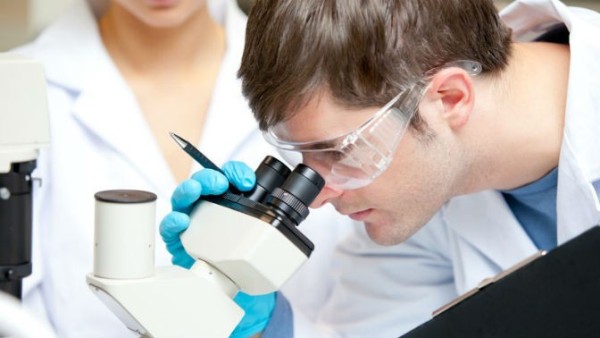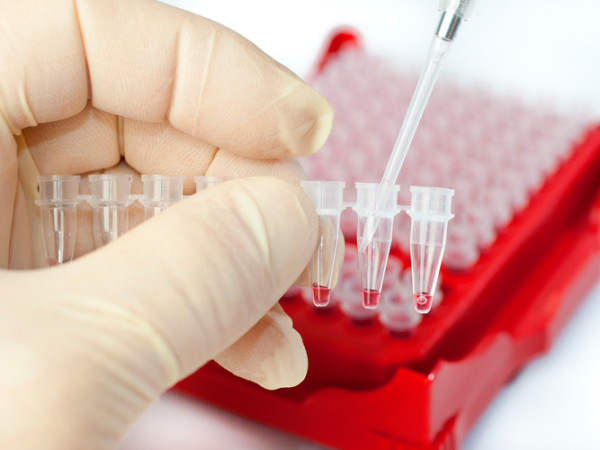Analysis for hidden infections
Many women are aware of their health problems. True, it also happens that there is a disease, but a person does not even suspect about its existence. These diseases are called latent infections, since they proceed without symptoms and do not make themselves felt for a long time.
Content
Latent infections are primarily diseases that can be transmitted most often through sexual contact. Such diseases are chlamydia, ureaplasmosis, papilloma virus and many others. If left untreated, they can lead to complications such as infertility. This is the danger of latent infections.
What tests are taken for hidden infections
If unpleasant symptoms occur: itching, burning, pain in the lower abdomen, rashes in the genital area, you should consult a doctor and pass not only general tests, but also for hidden infections.
Smear
This method of detecting infections involves identifying microbes that live in the vagina, cervix, and urinary tract. Very simple and fast analysis.
Sowing tank
It is done in order to determine which fungi live in the vagina, its microflora, and also to identify a reaction to drugs that can cure genital infections. Helps to identify the causative agent of the infection. Such an analysis is useful if, during the examination, the gynecologist sent you for tests when planning a pregnancy, so that the baby cannot be infected with anything at birth.
REEF
Identifies the causative agent of infection by growing it under a microscope. Special reagents are dripped onto the material, after which the microbes begin to glow and the infection is easier to recognize. The accuracy of this analysis is 70 to 98%.
PCR
This is a modern and very accurate method. In order to carry it out, doctors need, as biological material, saliva, secretions from the genitals. This method determines how many microbes are in the body and how they affect the general condition of a person.
Blood test for latent infections
To identify hidden infections for biological material, not only excretions from the body are used, but also blood. Moreover, blood tests are very often key and accurate.
Clinical blood test
This is a very simple but effective method that allows you to find out if there are various inflammatory processes in the body: the level of leukocytes and erythrocytes. A clinical analysis is also taken in order to monitor the condition and choose the right treatment.
ELISA
Helps to detect infections in the body and even those that are transmitted by airborne droplets. If for other analyzes you can use the secretions from the body, then for this - only blood. This analysis sounds like an enzyme immunoassay, because it identifies the exact causative agent of the infection and makes it possible to produce special antibodies that appear in the immune system and help fight the virus.
How and where to get tested for hidden infections
Tests for latent infections are taken in any hospital or clinic where there is a special laboratory. If there is no laboratory, then you can also take tests, but you have to wait when they are examined in the laboratory. The result of a blood test can be obtained the very next day, but the sowing tank and the rest need to wait from 7 to 10 days. Since the infection, under the influence of reagents, must have time to grow.
What you need to know
- Before the tests, you should not have sexual intercourse 2 days before delivery.
- For a few days, you will have to stop using hygiene products, stop douching and the use of vitamins.
- You can not take antibiotics, medications, antifungal agents. It is best to refrain from taking medications for 2 weeks to a month.
- Diseases, alcohol consumption or constant stress will help to quickly identify hidden infections as the immune system is weakened.
- It is best to take tests on the second or third day after the end of menstruation. In general, the most optimal, for women, is considered to be tested on the 5th or 6th day of menstruation.
How much do tests for hidden infections cost?
- Smear - from 250 to 300 rubles
- Sowing tank - 490 rubles
- RIF - from 600 rubles
- PCR - from 300 to 700 rubles
- Complete blood count - from 300 to 450 rubles (in some hospitals - 200 rubles)
- IFA - from 1000 rubles
Test prices may vary. It all depends on what kind of treatment the doctor prescribes and, accordingly, on the clinic where the tests will need to be taken. Therefore, you should calculate your budget and be prepared for the fact that, perhaps, treatment and tests will require a significant payment. In any case, health is always more important, so do not be afraid and do not get sick!
How to treat hidden infections: video






